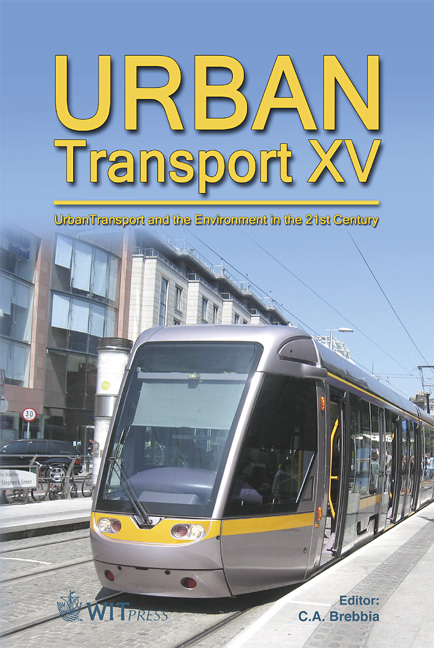Injecting A Rapid Rail Link Into A Metropolis
Price
Free (open access)
Transaction
Volume
107
Pages
12
Page Range
287 - 298
Published
2009
Size
1,091 kb
Paper DOI
10.2495/UT090261
Copyright
WIT Press
Author(s)
J. P. du Plessis
Abstract
The Gautrain Project being developed in the Gauteng province of South Africa is currently the largest construction project on the African continent. At an estimated cost of some US$3000 million, it surpasses any previous single project in South Africa, and will result in a vital rapid rail link between Johannesburg, Pretoria and Johannesburg’s OR Tambo International Airport. The total route length of 80 km will comprise some 15 km in tunnels in Johannesburg, about 10.5 km on viaducts along various sections of the route, and the balance on the surface or in shallow open cuts. The Gautrain is being developed by the Gauteng Provincial Government through a Public Private Partnership concession contract with an international consortium of major players in the construction, public transport vehicle manufacturing and operations fields. While construction will take place over a period of some four years to 2011, the Concessionaire will operate the full system for a further 15 years, after which the Province will assume the responsibility. With ten stations being built along the route, some in virtual green field surroundings and others in high density urban areas, and some deep underground and others using air rights above ground, profound land use challenges and opportunities arise. Superimposing a rapid rail artery of this magnitude onto the urban landscape of three metropolitan areas is bound to have considerable environmental and land use impacts. This paper demonstrates, at a critical stage in the civil construction programme, how these impacts are being addressed and how the natural and built environment is being considered and perhaps even enhanced, rather than being adversely affected. Keywords: public transport, rapid rail, land use integration, transit oriented development, environmental impact.
Keywords
public transport, rapid rail, land use integration, transit oriented development, environmental impact





